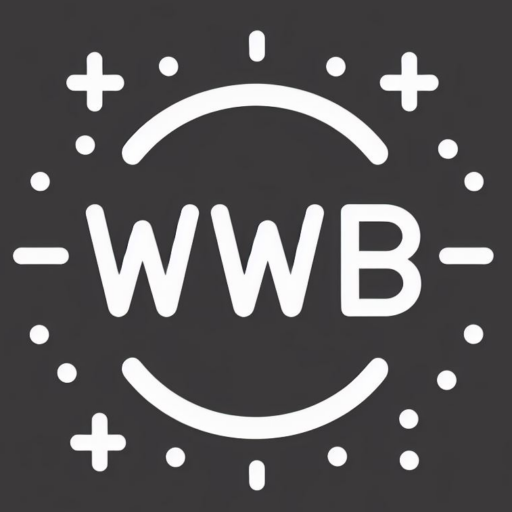In the ever-evolving landscape of business technology, a Target Operating Model (TOM) for technology stands as a beacon of strategic alignment, guiding organisations through the complexities of digital transformation. For CEOs, understanding the significance of a well-defined TOM is paramount to steering their companies towards success in an increasingly competitive and technology-driven world.
Strategic Alignment: A TOM serves as the linchpin that secures technology initiatives to the mast of an organisation’s strategic goals. It is the bridge that spans the chasm between lofty visions and tangible implementations, ensuring that every technological decision propels the business towards its objectives.
Resource Optimisation: The clarity provided by a TOM in delineating roles, responsibilities, and processes is invaluable. It ensures that technology resources—be it budget, personnel, or infrastructure—are allocated with laser precision, maximising efficiency and minimising waste.
Risk Management: In the digital age, risk is an ever-present shadow. A robust TOM shines a light on this shadow, revealing potential technology-related risks such as cybersecurity threats, system failures, or data breaches. More importantly, it provides a blueprint for risk mitigation, safeguarding the organisation’s digital assets.
Agility and Adaptability: The only constant in technology is change. A TOM imbues organizations with the agility to pivot swiftly in response to technological advancements, market shifts, and evolving customer needs. It is the foundation upon which flexibility and responsiveness are built.
Operational Efficiency: A well-structured TOM is the engine that powers technology operations. It defines the gears—processes, workflows, and governance mechanisms—that drive smooth execution and reduce inefficiencies.
Innovation Enablement: Innovation is the lifeblood of technological progress. A TOM provides the framework within which innovation thrives, fostering an environment conducive to experimentation, R&D, and the adoption of cutting-edge technologies.
Change Management: The introduction of new technologies or the upgrading of existing systems can be a turbulent process. A TOM serves as the rudder, guiding the organisation through these changes and ensuring that all stakeholders are aligned with the impact, benefits, and steps involved.
Scalability and Growth: As organisations grow, so too do their technological needs. A TOM is designed to scale, outlining how technology should evolve in tandem with business expansion.
Vendor Management: For organisations that rely on external vendors or partners, a TOM delineates the contours of these relationships. It sets the parameters for service-level agreements and performance metrics, ensuring that collaboration is effective and accountability is clear.
Continuous Improvement: A TOM is not a static entity; it is a living document that grows and adapts. Regular reviews and adjustments ensure that the organization learns from its experiences, adapts to market changes, and continually refines its technology operations.
In conclusion, a well-crafted TOM for technology is not just a tool; it is a compass that points CEOs and their organisations towards a future marked by efficient, secure, and strategically aligned technology practices. It is an essential component of the modern CEO’s toolkit, one that will define the leaders and the laggards in the race for digital supremacy



